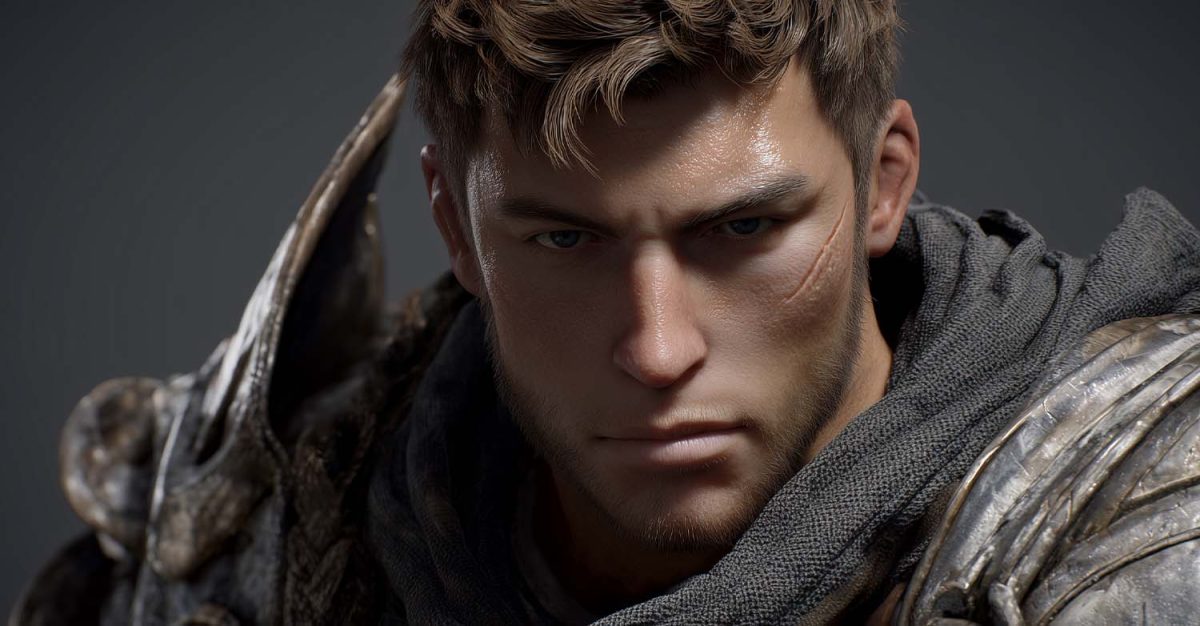Animation in video games is nothing new, but it evolved at a brisk pace with the popularization of 3D games in the 1990s. Far from the relative simplicity of sprite-based animation in earlier video games, 3D animation paved the way for complex, emotional, and storytelling-oriented actions and movements that the industry never looked back on.
If you’re looking to work in 3D animation for video games, you should consider the unique challenges of this field.
Visual Consistency with 3D Animation
3D games cover every visual style imaginable, from wild stylized visuals to hyperrealistic and pretty much anything else you can think of. With this in mind, it’s important to remember that your 3D animation needs to match the overall style of the game.
Take The Last of Us series for example. Though the premise of a zombie apocalypse is inherently fantastical, the game presents itself with a realism that grounds the overall experience. As such, the 3D animation work in the game is realistic – characters wield weapons with authenticity, run in unexaggerated ways, and recoil after being damaged realistically.
The same thought process applies to creating 3D animation for stylized games and characters. If the game is inherently cartoony and over-the-top, like Nintendo’s Splatoon, it makes sense to craft appropriately over-the-top 3D animation. Exaggerated animation principles, such as amplified anticipation and squash and stretch, help emphasize the stylized nature of the 3D animation.
Tools for 3D Animation in Games
As outlined by a 3D animator working with Magic Media, the group for which Bloop Animation is part of, tasks for 3D animators can often include creating walking and running cycles for characters, animating visual effects, and creating character actions such as attacks, jumps, and more advanced movements. Depending on exactly what your 3D animation needs are, numerous industry-standard platforms can be used to bring out your best work.
Autodesk’s Maya is widely used within the gaming industry to craft 3D animation. It was one of the first animation platforms on the scene and quickly became a beloved industry-standard tool. Not only is it perfect for 3D animation for games and rigging, but it can also be used for modeling, rendering, texturing, and simulation. It’s a powerful tool worth exploring for 3D animation.
Blender is another strong choice. It’s open-source so it’s free to use and it’s well-supported with new features and quality-of-life updates. It has a large user base and a wealth of tutorials online, making it a solid choice for beginners in animation. It can competently be used for creating everything from 3D animation for games to entire feature-length films, which speaks to its sheer versatility.
Even game engines like Unreal Engine 5 have been adding animation tools, so for some, dedicated 3D animation software might not even be required. Regardless, it’s important to explore all the available options to find a tool that resonates with you and makes your work that bit more efficient.
Motion Capture and 3D Animation
With increasing frequency, we’re seeing 3D animation created using motion capture tools. Though it’s primarily taking place with AAA game development projects, motion capture has found a foothold within the gaming industry in recent years.
It’s been widely used for blockbuster games that have huge budgets. The recent God of War titles from PlayStation’s Santa Monica Studio are perfect examples of its implementation, with actors fully embodying roles and committing to full performances.
It’s critical to note that if you are to encounter motion capture usage for 3D animation in games it’s incredibly useful but it still requires a lot of manual work to make it fit for purpose. The motion capture output is useful for capturing the core of animations, the basic movements and actions that encapsulate what a character is doing, but it will require the work of an animator every time to refine it.
The movements will be raw and imprecise and need an experienced hand to improve them. This in and of itself is a skill that’s useful in the 3D animation world that’s great to gain experience with. It necessitates carefully combing through all of the animations to ensure movements are smooth and make sense. Regardless of a performance’s quality, there will always be corrections needed.

